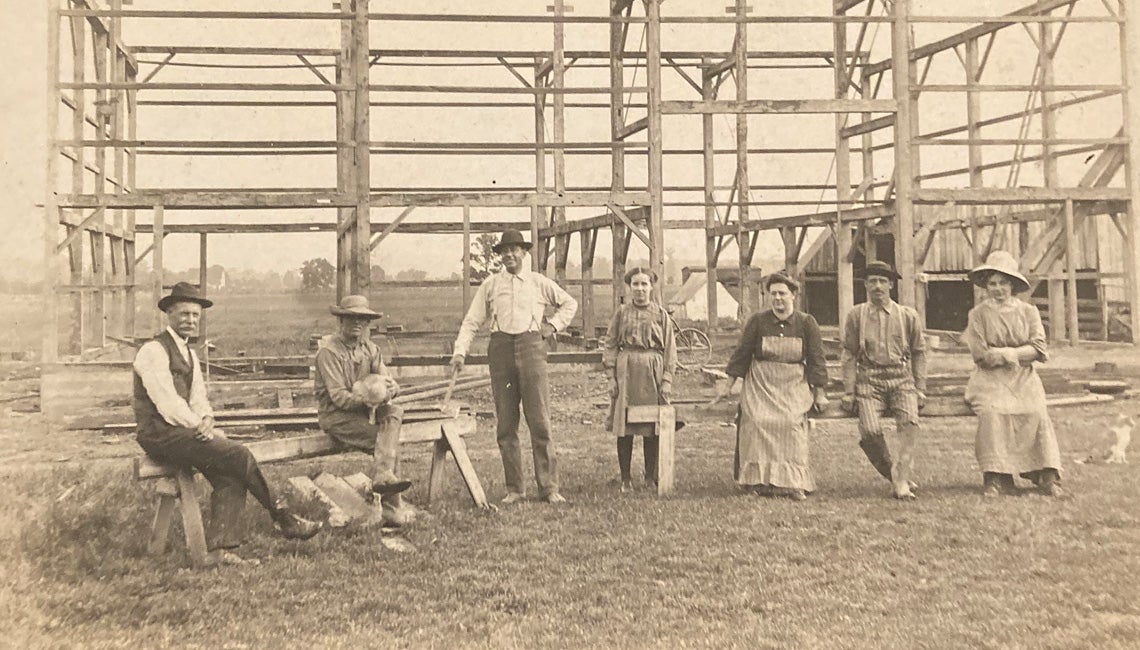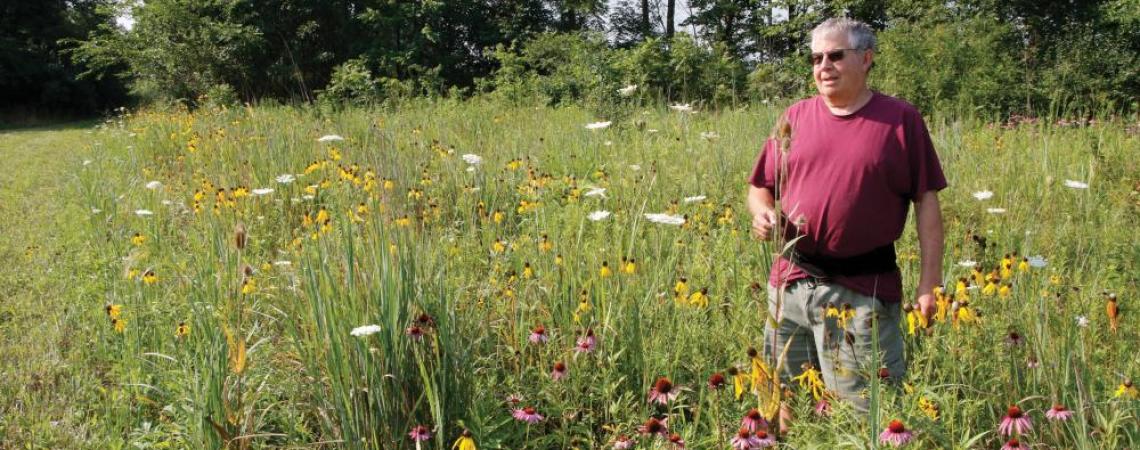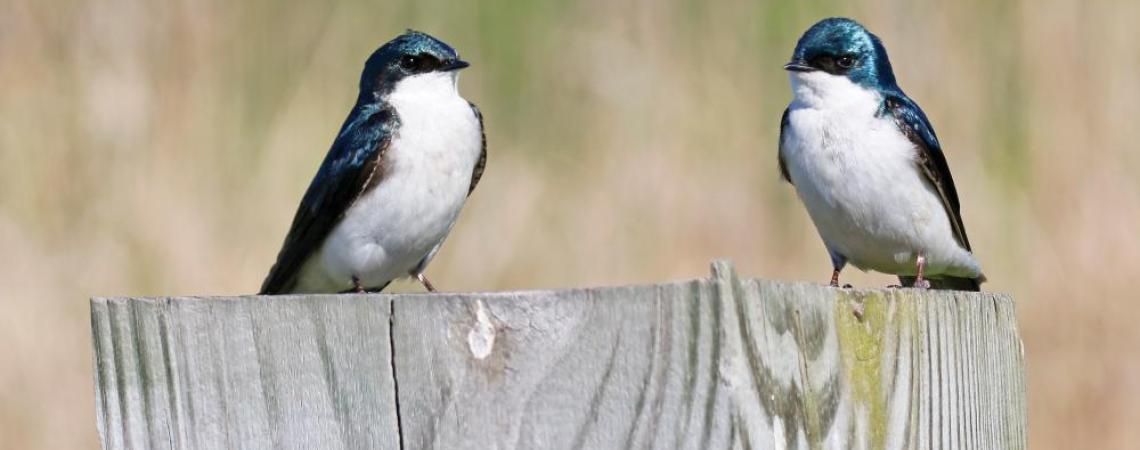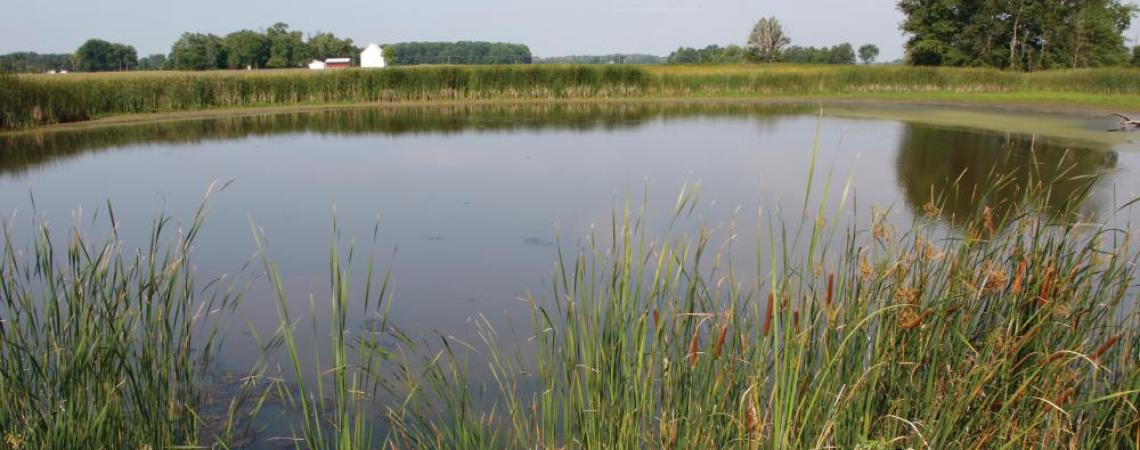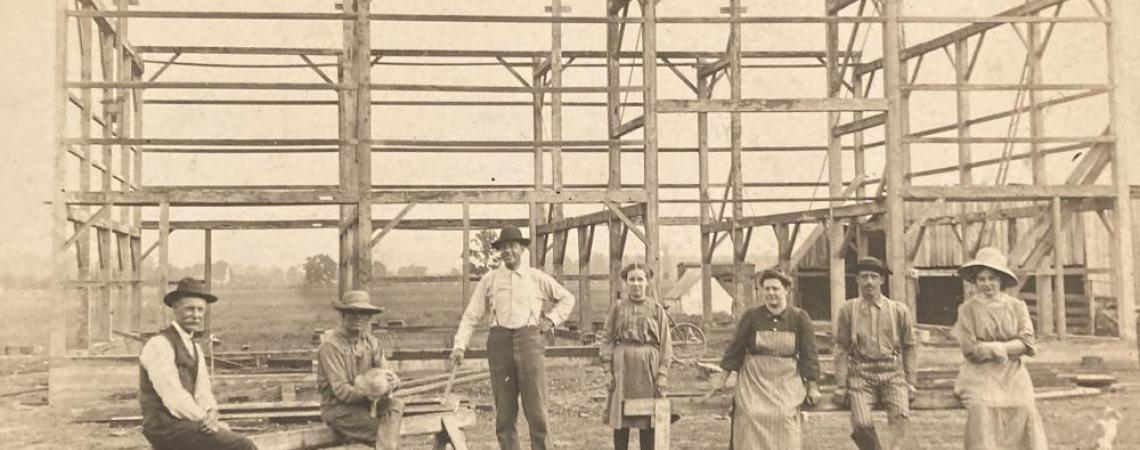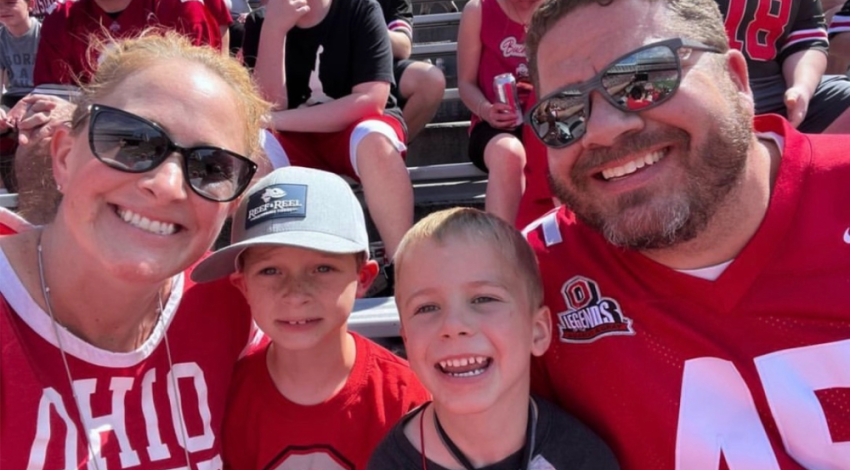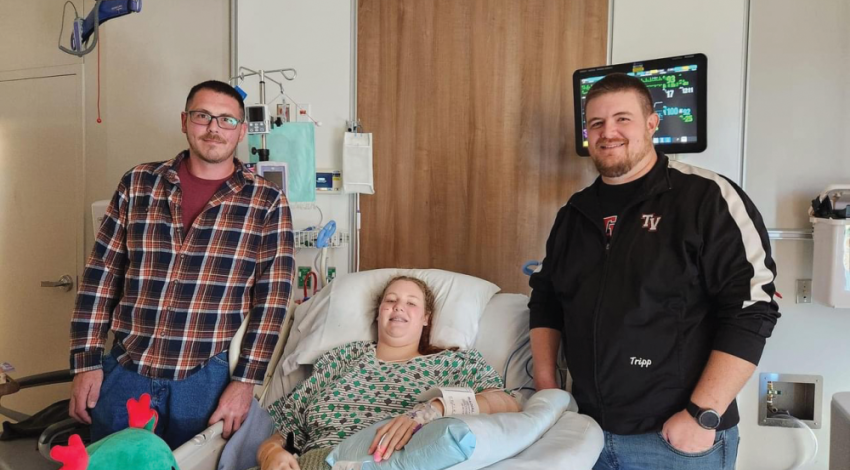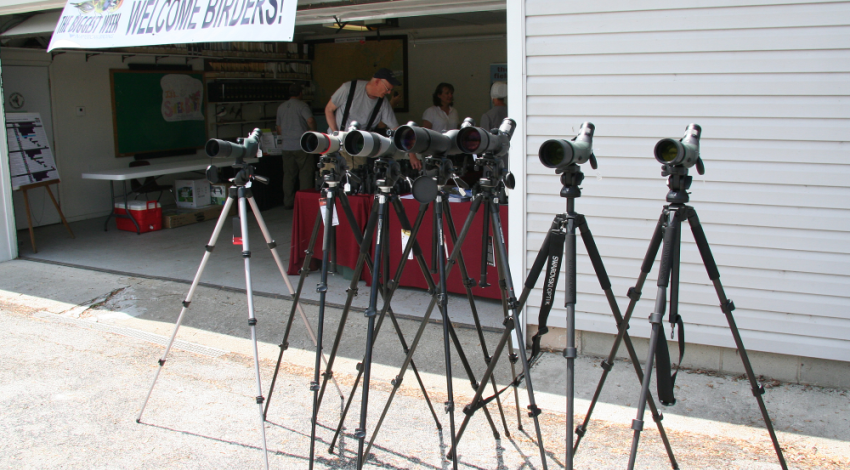It’s easy to tell you’re approaching the farm of Union Rural Electric Cooperative member Steve Graham. When the seemingly endless crop fields of corn and soybeans suddenly give way to acres upon acres of waving native prairie grasses studded with brilliantly colored wildflowers, it’s a refreshing change in a sea of sameness.
Graham’s 110-acre farm has been in his family for a century, he says, and for much of that time, it blended in with the surrounding landscape. That changed when he and his brother began managing the farm about 20 years ago. “We decided to not continue planting the usual row crops because, as marginal farmland, the rent money we were receiving barely covered the taxes,” he says. “Instead, we took advantage of a state/federal program designed for such acres and converted most of the farm to conservation practices.”
Now, 100 of those acres are used for wildlife habitat and soil preservation.
Steve Graham uses the majority of his 110-acre family farm in Union County as wildlife habitat, including acres of prairie land and a pond that stands near the site of the original barn.
The original farm contained a few small woodlots, which Graham kept. Also, because much of his ground is made up of water-loving hydric soil, he built a sizable pond and large wetland, paying for their construction through cost-sharing. The wildlife haven now attracts myriad songbirds, waterfowl, pollinators, white-tailed deer, and even a bald eagle or two.
Under the U.S. Department of Agriculture’s Conservation Reserve Program, established in 1985, the government pays farmers to take former croplands out of production and convert them to vegetative cover. Graham participates in an offshoot of that program, the Conservation Reserve Enhancement Program, or CREP, which uses state and federal funds to offer higher payments per acre to qualifying participants.
The program is not available in every Ohio county. Where it is an option, the acres eligible for CREP enrollment are determined by the Natural Resources Conservation Service office within each county. All of Union County falls within the Scioto River watershed, and at least 20 cities downstream tap the Scioto for drinking water; since maintaining good water quality upstream is an important goal of the project, the entire county is CREP eligible.
“The bottom line is that by installing and maintaining approved conservation practices, I now receive twice or more the amount of money I was once receiving by renting my land for the production of row crops,” Graham says. “The program has not only allowed me to financially keep the farm in our family, but also to significantly preserve the soil through reduced erosion.”
The transition has also reduced the stress of maintaining all that acreage as farmland. “As my neighbor recently told me, ‘You don’t have to worry about crop prices falling or the combine breaking down during harvesttime,’” he says.
Not that it was always an easy process. Graham says it took a bit of experimentation to figure out the best way to plant the seed for the wildflowers that are so beneficial for pollinators.
“The seed was very small and lightweight, so to make it disperse through the mechanical planter more slowly, my NRCS office advised me to mix dry cat litter with the seed,” he says. “I found that a 10-to-1 ratio of cat litter to wildflower seed was about right, and since I was attempting to cover 60 acres, that translated to 2,200 pounds of litter to 214 pounds of seed.” That solution worked perfectly except for one thing: “It seemed I was always waiting for my local farm store to restock its supply of cat litter.”
To find your local NRCS office and check your property’s eligibility, visit www.nrcs.usda.gov.
